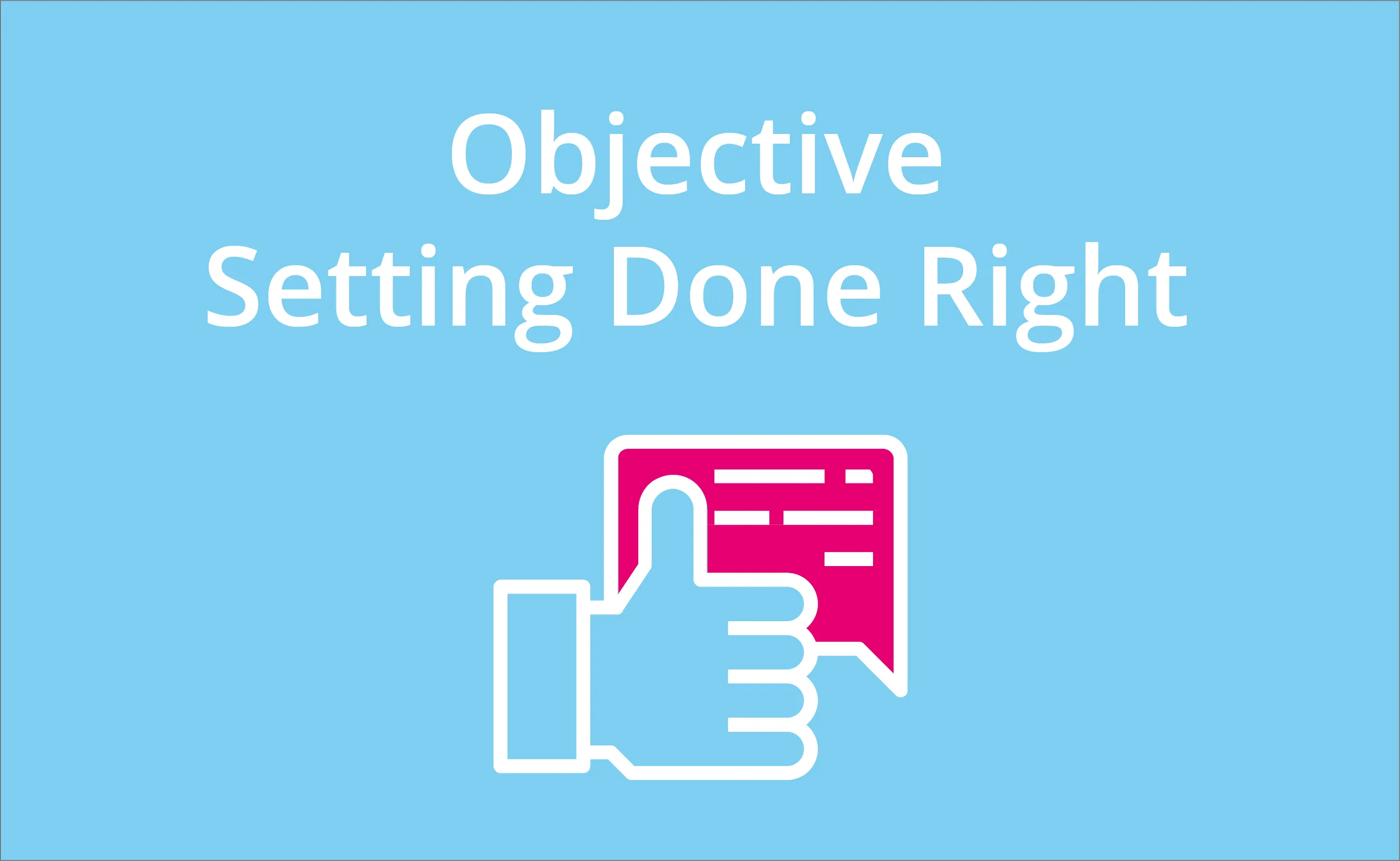
Partner planning is key for your account managers and indirect sales partners.
But how do you ensure that a partner plan is not just paperwork by the end of the year? What do you need to do to make this administrative process significant?
In this article, we’ll discuss the common mistakes with partner planning and how you can get it right.
Defining partner planning
A typical partner plan answers the following questions:
- What is the partner’s potential?
- What are the priorities and objectives of your customers?
- What do you hope to accomplish by collaborating with the partner?
- What is your action plan for the next month or year?
- How can we improve our relationship with the partner?
The questions that it can address could go on and on.
It could include financial data, competitor data, plans of the organizations — and anything else that could be relevant for the coming year.
The account plans you generate vary per company or number of clients.
Some salespeople submit a thick book for partners with big clients. It could also be a few pages based on the size and level of collaboration with your client.

Jason Jordan’s book titled “Cracking the Sales Management Code” believes that a typical partner plan lists down the businesses’ plans, wants, and goals.
It seems easy enough to accomplish but what’s the problem? A partner plan is useless if it only ends up on the shelves, so here are some common pitfalls that you need to avoid.
Partner Planning Mistake #1: Treating it like an annual process
According to Jordan, one of the pitfalls of partner planning is treating it like an annual routine.
Some organizations allocate a lot of time and effort for partner planning. This ensures that their partner managers and account managers have a blueprint to start the year right.
That said, partner planning is ideal when it includes action plans and operational instructions that will actually be followed. This could be a timeline of projects and meetings with your partners and clients for initiatives that can increase revenue. This can also cover the target gross margins and revenue that you plan to accomplish.
Unfortunately, some account plans are left on the shelves.

There may be grandiose plans to boost collaborations with partners; however, there’s no action plan to back it up.
If account plans are used as blueprints for operational processes and partner management, then invest time to make them. Otherwise, don’t allow so much time in the process.
The amount of time you spend on account planning should be proportional to the benefits that your sales team would reap from it.
Partner Planning Mistake #2: Failing to involve customers in the process
It’s nice to know that your business has plans but do your partners know about them?
Indirect sales managers often have a wealth of ideas to improve the relationship with their clients and partners. They want to conduct studies, implement projects, and distribute surveys to improve conversions.
What you need to remember is that business relationships aren’t one-sided. Your clients should have a say on the projects and initiatives that you plan to start.
For example, a sales company is the distributor of products by customer A. They observed that the business relationship between customer A and their salespeople isn’t generating their desired results.
Imagine if the company surveyed the end-users to determine how they could improve the product of Customer A.
A simple survey is usually not a problem but they didn’t obtain consent from their customers.
Later on, they found out that the customer didn’t want the sales company to conduct studies about their product. Instead, they wanted them to focus on sales strategies and improving conversions.
While it’s obvious that you have to communicate with customers, not a lot of managers consider it in account planning.
Before you turn your plans into reality, the involved parties must approve of the process.
Don’t assume that clients and partners will be fine with every plan that you create. You must consult them from the beginning to avoid misunderstandings in the long run.
Plan and communicate
The key to successful partner planning is to make it realistic and operational.
Account managers and indirect sales managers have a lot of good ideas to improve their relationship with their partners but are these realistic? Can the organization execute it in a few months? If the answer is yes, then you’re on the track. Otherwise, you might be wasting your time.
Once you’ve created a successful account plan, communicate with your account partners and clients. Book a meeting and get them involved in the process. Not only will this improve your relationship, but it may also boost your sales results.
The ideas in this blog post were inspired by Jason Jordan’s 250-page ebook titled, “Cracking the Sales Management Code”. If you’d like to learn more ideas from this sales guru, we’ve summarized the key learnings and findings in our mini ebook here.




